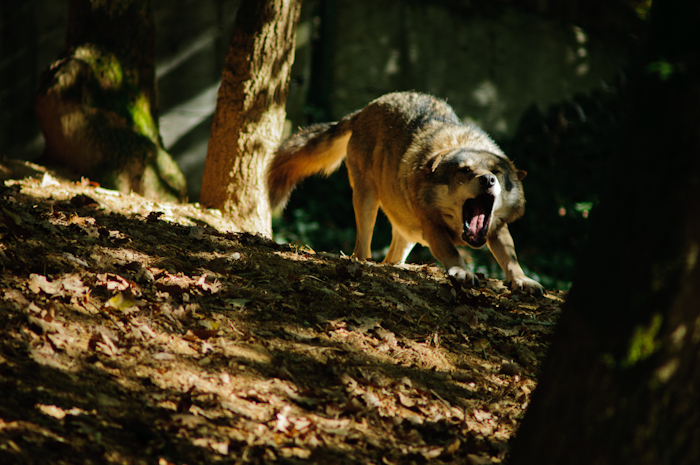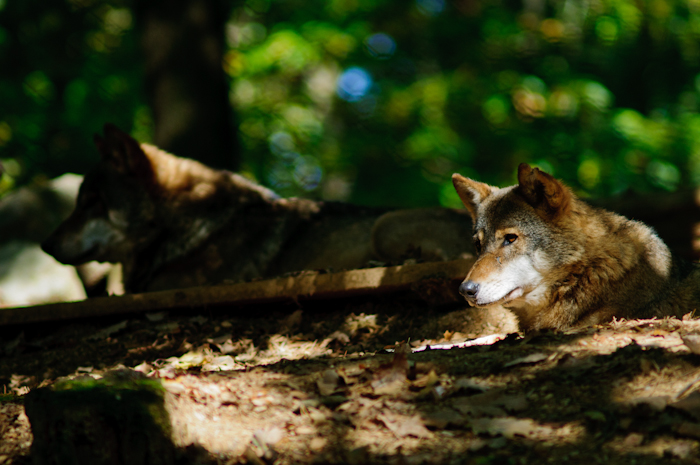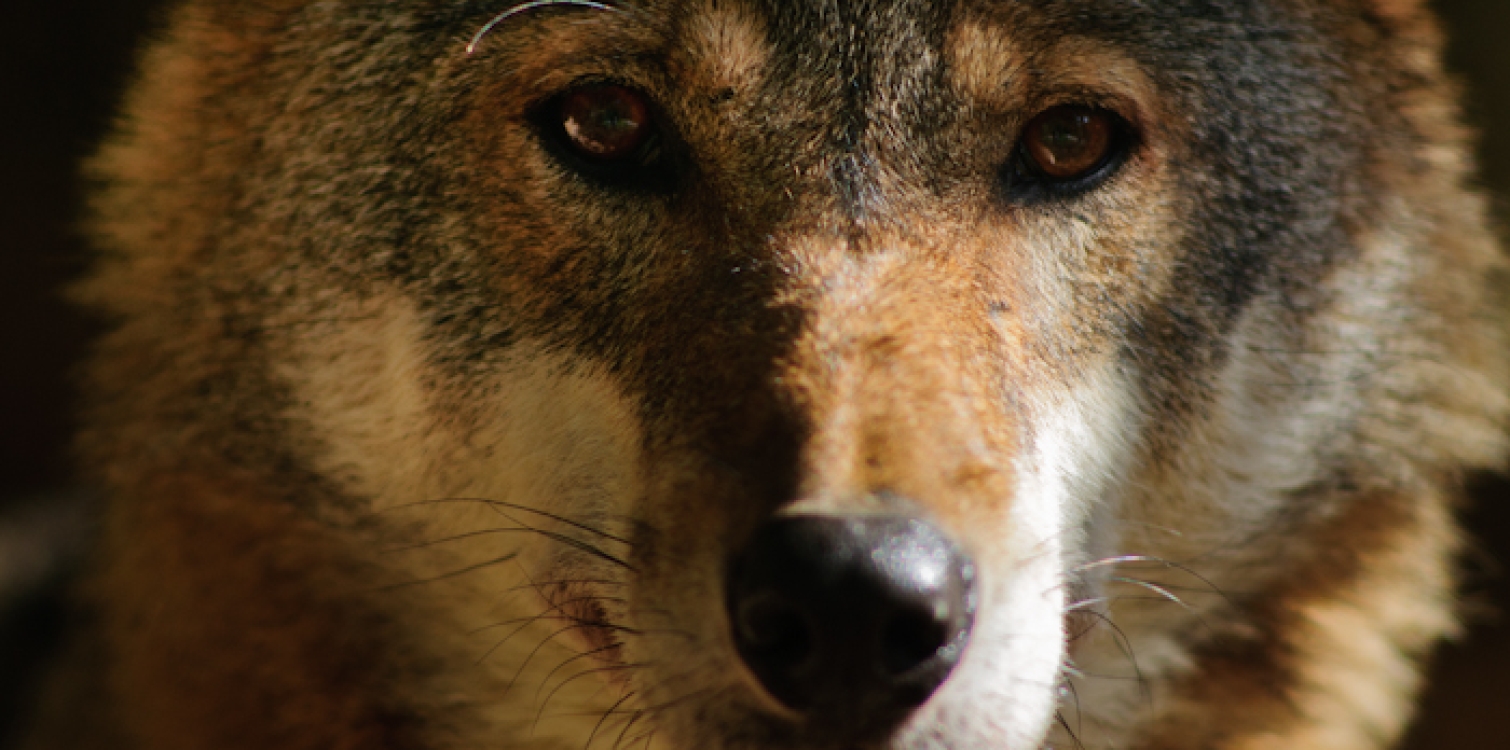The wolf is the largest representative of the dog family, which, unlike domestic pets, lives in the wild. The wolf is a social animal and lives in packs led by a dominant (an alpha) male and an alpha female.
The other memebers of the pack are their descendants. Relationships within the pack are well-defined so that they can function as a cohesive unit.

Wolf (Canis lupus)
| Size |
|
| Weight |
|
| Diet |
|
| Habitat |
|
| Kingdom |
|
| Phylum |
|
| Class |
|
| Order |
|
| Family |
|
| Genus |
|
| Species |
|
Wolves share a common ancestor with all breeds of domestic dogs. The origins of domestication date back to the Stone Age.
An adult male wolf typically weighs around 40 kilograms and is usually larger than the female. It can grow up to one and a half meters in length. The wolf's fur is yellowish-brown with grayish hues, which become more pronounced in winter. Unlike domestic dogs, wolves have a dark stripe on the front of their forelegs.
The wolf is a predator, primarily feeding on deer, roe deer, and wild boar.
It also scavenges carrion and occasionally preys on livestock and other domestic animals. Wolves target weak, older, and sick animals, as they are easier to catch than fast and healthy ones. For this reason, they play a vital role in maintaining the natural balance of animal populations in the ecosystem.


The popular saying hungry like a wolf describes its feeding nature well, as it will eat as much as it can - up to a fifth of its weight - in one go after a catch. They then regurgitate this food to re-chew and swallow it. The alpha male and female always eat first.
Wolves mate in winter, between December and April.
After a two-month gestation period, the female gives birth to four to eight pups in a hidden den, which are blind at birth.
The pups leave the den for the first time after two months. Most pups die in the first year of life because the wolf does not have enough food for all the pups and because it is winter. The wolf has almost no natural enemies, but there are known cases of cannibalism.
Wolves used to be widespread in Europe, Asia, North Africa and North America, but hunting has in many places completely wiped them out.
DID YOU KNOW?
- Wolves share a common ancestor with all domestic dog breeds. The domestication of dogs dates back to the Stone Age.
- Large dog breeds can look very wolf-like, but dogs never have such strong molars.
- In addition to the wolf, there are two other members of the dog family in Slovenia, the jackal and the fox.
- Wolves are also present in the wider area of Triglav National Park.
- Until 1909, rewards were paid for wolves killed in Slovenia.
Thank you.

